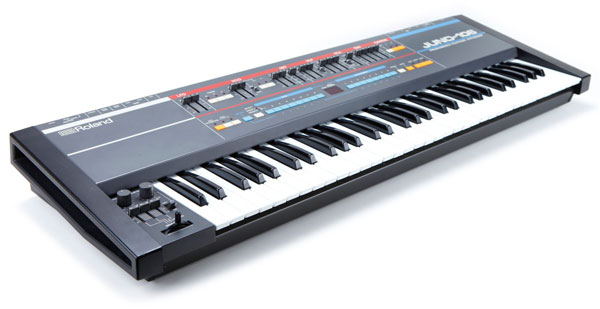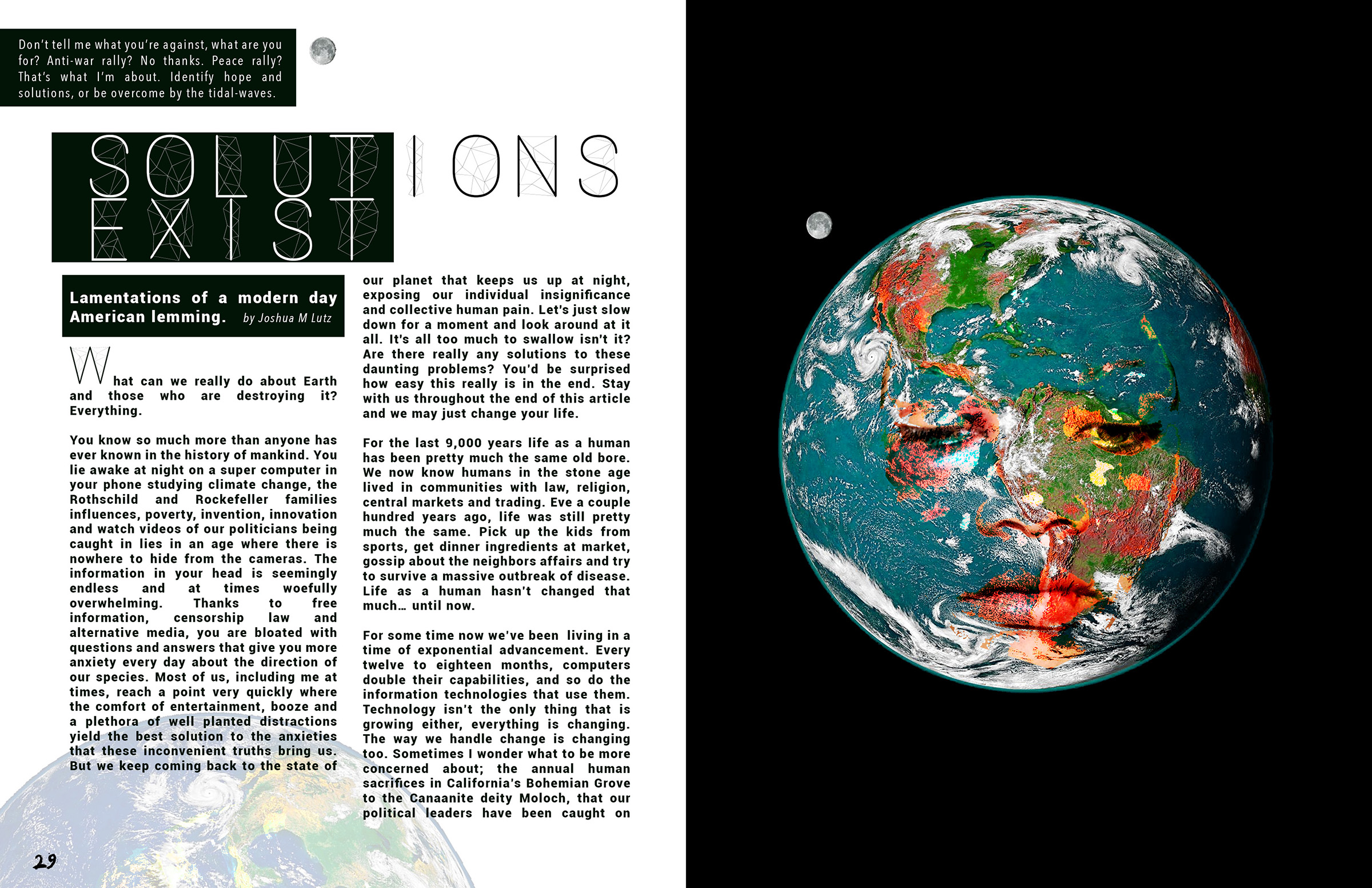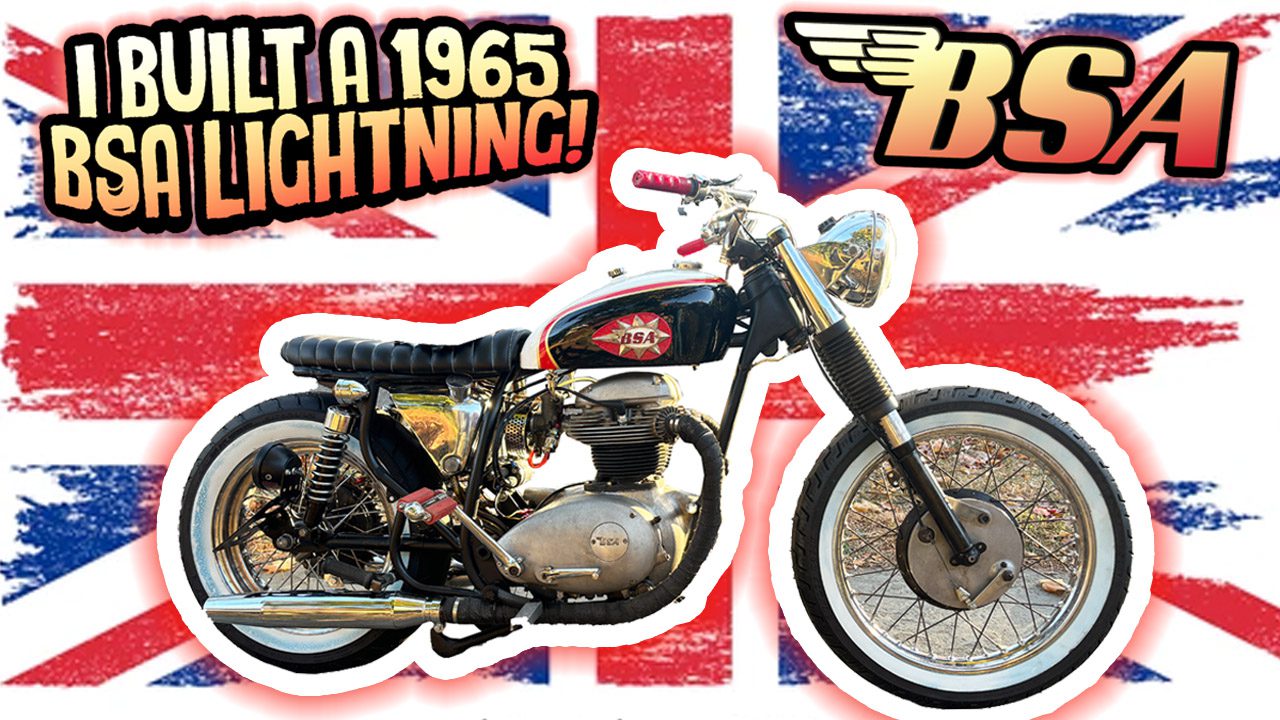THE JUNO 106 KEYBOARD – Still the coolest synth on the farm
What makes the hottentots so hot? What put the ape in ape-ricot? What’s analog got that digital ain’t got? Courage.
Ahh nothing like revisiting a classic. Haven’t owned a Roland Juno yet? Read on, you probably will.
What’s cooler than a six voice 106? Not much! What an awesome little keyboard. I also enjoy upgrading them as they are incredibly easy to work on, similar to a classic Technics 1200 turntable of the same decade. I just finished restoring one from the ground up using parts from some pretty awesome companies that manufacture and supply parts for this old gal such as Syntaur, Mouser and Analouge Resistance parts. I replaced every tactile switch, the keybed, chorus chips, voice chips, etc what a blast! As everyone knows about these, the 6 voice chips are the first to go and need to be replaced or fixed but rest assure, you can fix yours by watching a simple YT video like this. Another quick and easy fix is the chorus chips. They are IC chis and can be replaced by an IC made by “Xvive.”It’s great how many parts are out there now for this classic gem. I picked one up in absolute shambles for $400 in 2019 and by end of year it was in better than new condition around 2k! We love all the Rolands of this era as they all share the punch and bite that the 106’s oscillators have. The voices are just crazy fat on the low end but tight and well defined. Certainly has it’s own sound but so did every classic keyboard of this era. So what made this one so special?
There are so many classic synthesizers out there; the Prophet, Moog’s Voyager, the ARP, DX7, and my favorite, the Oberheims of yore. Roland’s Juno series, however, was just enough of what you wanted in a great synth and not too steep a learning curve that anyone can walk in a room and make alchemy with one. Possibly the single most intuitive analog polyphonic synthesizer ever made, for intuitive is our choice for a singular adjective. 1984 was a great year for mullets, short shorts and synths alike. Japanese inventor Ikutaro Kakehashi used Greek mythology to inspire both the Juno and Jupiter, protectors of the Roman people and great music everywhere. We are forever grateful Ikutaro, “σας ευχαριστώ” (thank you)!
Whether you’re shopping for a great keyboard or just want to come bask in the Mohamed Ali of synths, let us present to you the incomparable Juno-106.
Intuitive is the word when it comes to the Juno-106’s layout. Everything makes sense exactly where it is instantly and that’s what makes a great interface, doesn’t it?
Tons of patch storage, cool effects, portemento and notable midi upgrades, no wonder it was the greatest selling keyboard of all time in the 80’s (until the brands own D-50 knocked it out of top spot years later). The Juno-6 was the first of the polyphonic synthesizers to be sold for under $2000 and remains a fan favorite around the world.
I am head over heels in love with the de-tuned vibe of many of the wavering patches found in the Oberheim Matrix6 and Matrix1000 or non VCA’s of the past. The Roland doesn’t necessarily do this well but the Roland’s has a very thick and classic bottom end with a well defined hi only Roland’s have. A tonal feature soft-synth just doesn’t have today (yet, but invariably will very soon). Many say it’s just a matter of time before they sound exactly the same but we’ve been saying that for years and they are still nothing alike.
The new digital Roland Juno DS series vs original
The software vs hardware battle isn’t new but it has changed quite a lot recently.
I’ve owned both for a long while and both have their own ways of being indispensable but I’ll never get rid of my Juno-106, it’s just night and day. Obviously they’re of no comparison because like the new Roland Boutique series, they are digital imitations that… well… kinda suck cause it’s just essentially a giant mouse with tactile hands on control. Hands on control is huge and I love it but crappy lo-fi samples can’t be on the other end of the knobs Roland.
I’ve been a massive Roland fan since I was born. I owned a ton of early Roland gear in the 80’s 90’s and 2000’s and even was a Roland Representative and gear trainer for a while as well as salesman in a half dozen music stores. I have a somewhat contrarian point of view though; the Aria series, FA series and MC series (sans the MC909, another classic) proves that their is still a monumental gap between digital and analog synth qualities of today’s synths. While some very high end keyboards are very close (think of what Nord has done for the live piano) the question becomes why would anyone buy a digital synth instead of just buying a controller and soft-synth and keep it ITB (in the box)?
Let’s keep it in perspective y’all, you can purchase a hi-res CDR of every synth ever made on eBay for around $15 that sounds absolutely perfect to the average listener… even the discerning engineer.
Better even if you’re using high quality Daw converters or external converters. These inexpensive libraries include sampled and alphabetically organized folders which you can simply trigger with any cheap midi keyboard controller. With any decent controller you can assign all parameters to have tactile control so… what’s the point? Is there? Yes, actually.
There are a few good reason companies like Roland are still manufacturing digital synths like the Juno DS series in this modern age where digital synths compete directly against Soft-Synth, Modern Analog and Vintage Analog synths.
- The added feature of Sequencing and DAW control
- Convenience of loading any sound you’d like onto one and assign parameters
- Trigger more than synth but libraries of creative audio sources
- The DS61 has a killer vocoder that people pay a lot for elsewhere!
- Digital effects. This has long since been a big plus with modern digital synths for almost three decades.
- For those who own pre-DCO synths, you know that not having to tune a vintage synth is a huge plus.
- Modern midi. Say no more.
- All the new digital synths have the option of being battery operated which seems lame but I’ve been caught in improv concerts and rehearsals where it has been a blessing!
- A far greater ability to control the existing patches and make new ones
- The right amount of “flaw” is the best thing that ever happened to synth, music, humans, the universe.
The original Juno-106 is the opposite of lifeless and digitally thinned out.
If you’re looking for that classic fat 80’s analog sound with classic presets and effects, look no further. With all the upgraded midi features that came with the 106 in February of 1984 it’s easy to see why this became the highest selling synth of all time that year.
The addition of the Chorus effect really ads a massive widening effect similar to me to the aural exciters and expanders of this era. DCO flutters a bit towards that de-tuned sound I’m constantly looking for. A de-phasing of sonic signatures, especially in the form of pitch and chordal voicings is proven to evoke awe and inspiration in the mind and spirit. This may be [B]most[/B] noteworthy of all. This keyboard just oozes inspiration, each patch is song, each voice an idea.
Other supa’ coo features include a really useful left cluster to the left of the keys (keybed) which includes DCO, VCF (Voltage Controlled Frequency which is a brilliant little way of multiplying wave voltage to the thousands so it can be subtracted down to an incredibly accurate pitch and played without needing tuning) LCF and my favorite plaything, the portamento which gently glides a note in gracefully to the ball.
Another big difference in the soft-synth vs real deal is the control. The 106 is famous for the brilliant and intuitive layout that with a plugin, you simply can’t “play” like the instrument this was designed to be. A tactile, physical control of a synth’s parameters remains a big reason musicians choose outboard equipment over software to this day, and why the value of these gems just goes up and up.
For both performance and in a tracking environment, not much beats these sounds in an analog keyboard. Soft-synth is my second go to but the 106 remains my go to for a wide and fat analog sound. deeeeee-ricious.


Similar websites of similar vintage synth awesomeness we love:
AND
http://www.analoguerenaissance.com/
Stay tuned to this blog for more music and audio related production blogs.





